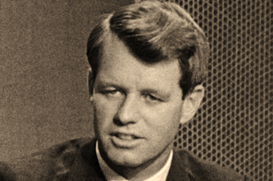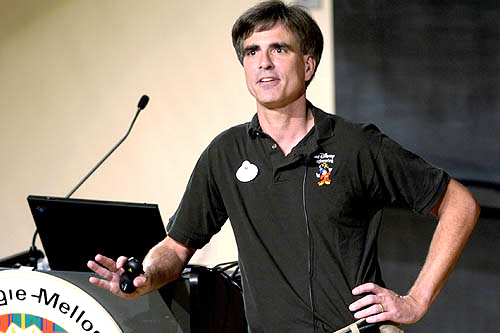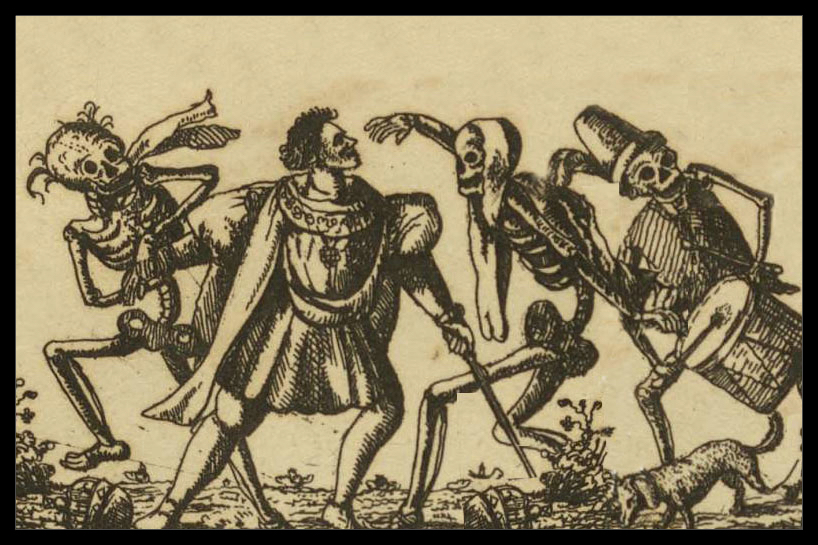After Winding Up in ICU
|
There I was early in the morning reading about some ideas that Stephen Covey had about our human brain and its neuroplasticity. The term plasticity was coined by William James in 1890. However, Covey has dealt with far more recent research on the topic. He has also written a handful of books, in which neuroplasticity is addressed: The Seven Habits of Highly Effective People, First Things First, Principle-Centered Leadership, The Seven Habits of Highly Effective Families, The 8th Habit, and The Leader in Me. 
There are several reasons for reading about Covey. Initially, he was very driven about motivating people, which is something that we share. Another similarity is that eight years ago, I danced with death twice. The first time was due to prostate cancer, which is not related to neuroplasticity. The second dance was related due to a traumatic brain injury (TBI). TBI is directly related to the plasticity issue. Anything about the plasticity of my brain interests me since my brain reformed itself after my TBI, both literally and figuratively. Finally, Covey was into exercise like I am. However, he had an accident...a fall. He didn't fall off a ladder and hit his head on a concrete wall like I did causing my TBI, but he fell off his bike and hit his head on the concrete road. It has been nearly three years since his TBI, which resulted in his tragic and untimely death. Covey wanted his readers to improve their neuroplasticity of their brain. He has several suggestions that would improve the brain's neuroplasticity. One of his ideas is to encourage his readers to avoid procrastination. If his readers become proactive about life, they will improve the brain's functionality. If we become overwhelmed by life and its problems, it could result in some people just giving up and quitting trying, which adversely affects its neuroplasticity. Covey suggests dividing up the issues facing his readers into small and more manageable groups or tasks rather than attempting all or nothing at all. Additionally, Covey writes, "Just as we develop our physical muscles through overcoming opposition—such as lifting weights—we develop our character muscles by overcoming challenges and adversity." Another plasticizing effort is to set aside a few moments each day in which to dream, which is my term. Visualization was his term. Either way, dreaming or visualizing about obtaining one's goal can create a feeling of exhilaration. Therefore, do as Bobby Kennedy said, "Some men see things as they are and say, why; I dream things that never were and say, why not." Dream about reaching your goal. Enjoy the feeling of elation before you actually obtain the goal. If you do, it will increase your motivation to work harder due to the excitement felt while dreaming of achieving your goal. Another idea of Covey's is that if you hit a brick wall in your attempt to resolve some issue, brainstorm with people that know you and understand your goal. That obviously increases the number of brains that are being used to solve the problem. The result of brainstorming is like pushing the refresh button on your computer keyboard. Think outside the box by the use of the brains of others. 
Brainstorming is thinking outside the box. Finally, Covey wants people to acquire their own voice. However, the acquisition of one's own voice is done by teaching others what you need to know. Think about that statement. Covey said, "Life is not accumulation; it is about contribution." Essentially, St. Francis of Assisi said the same thing, "It's in giving that we receive." However, what fascinates me is that I did not die, or even worse, lived out the rest of my life in a vegetative state. My brain was able to swell outward, due to a neurosurgeon removing a bagel size part of the left side of my head. After a couple of months, he replaced the part of the skull after the swelling receded.
It took me several months to get back into physical shape. When I was in ICU, I did not walk the halls of the hospital. Even in the rehab hospital, I did very little exercise. When I returned home, I forced myself to move from what I called my physical vegetative state to getting back to normal exercising and life. However, dancing with death also forces one to think outside the normal box. Once you understand what could have been the result of the dance, you become truly alive. That is due to the neuroplasticity of the brain. It has to process all the changes, questions, and different insights that one has during and after the dance. If you have not done the dance, watch Randy Pausch's Last Lecture, which you will find at the end of this essay. Thanks to the Last Lecture, I was able to get many of the pieces of my life to come together. My brain is far more active than it has ever been. I kid you not. If you haven't danced with death, you can still benefit from Covey's suggestions. He wants his readers to get involved in life. Either we get involved in life or we don't. If we do not, it means essentially that we will vegetate while we are alive and call it living. Ben Franklin said about those people, "Many people die at twenty-five and aren't buried until they are seventy-five." This is the link to Randy Pausch's Last Lecture.
Visit the Bobby Kennedy page to read more about this topic.
Visit the Connecting the Dots page to read more about this topic.
Visit the The Last Lecture page to read more about this topic.
Visit the Dancing with Death page to read more about this topic.
Visit The Mentors and Me page to read more about this topic. 01/25/16 Follow @mountain_and_me |












